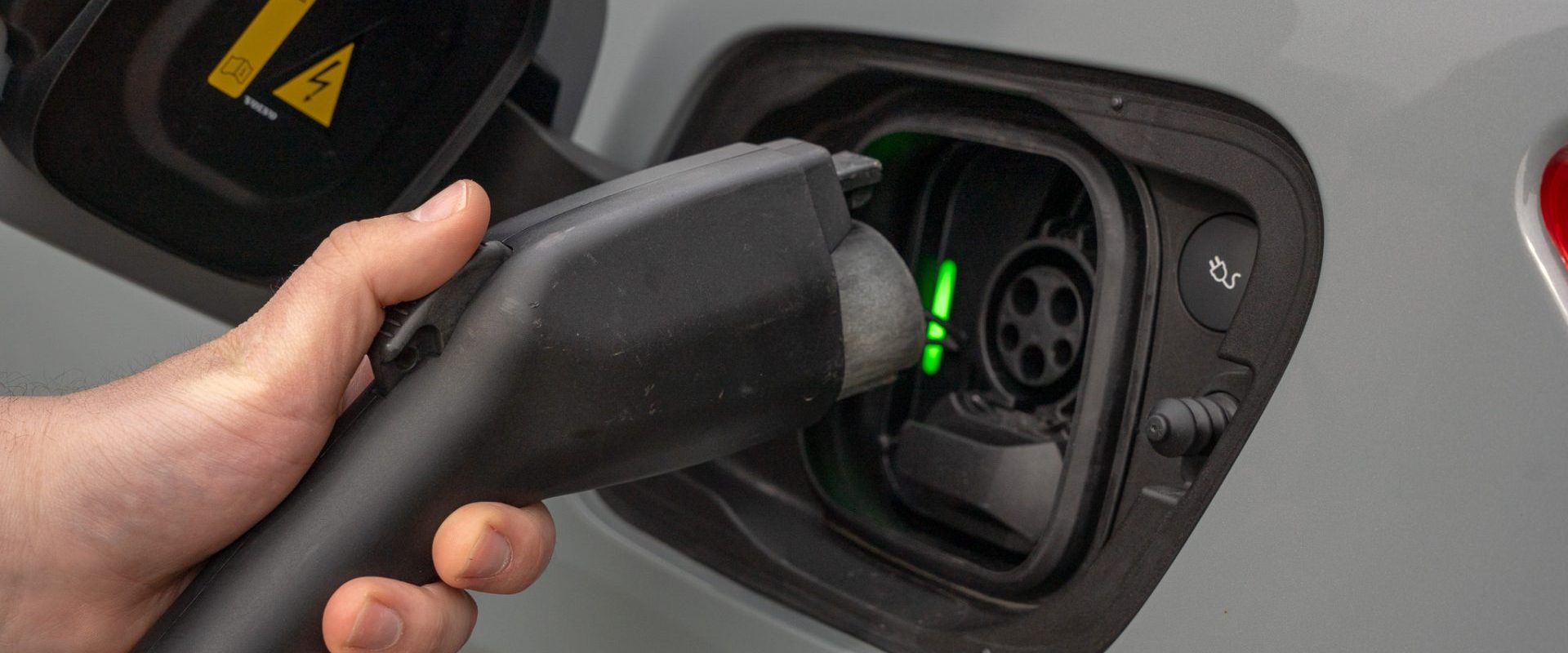EV Sales
The headlines are everywhere: electric vehicle sales are down! Dealers are swamped with unsold EVs! Car companies are doubling down on internal-combustion engines! The EV era is over before it began! And so on…
You know, there’s a lot of misinformation swirling around these days about the state of the current EV market. So, what are the facts and where might EVs go from here?
We’re in the midst of the most revolutionary shake up of the automotive market since the car replaced the horse as our preferred form of personal transportation back in the early 1900s. Then, as now, drivers faced the same decision of choosing petrol or electric power for their cars, and carmakers offered both options.

As it turned out, the rapid expansion of our interstate road system outpaced the electrification of rural America, paving the way for petroleum to take the lead in widespread availability, and to largely squeeze electrics out of the car market. Fast forward a hundred years: America is now wired from coast to coast, and advances in battery technology have made it possible for electric vehicles to perform competitively with gas and diesel models.
But more importantly, environmental concerns have become an important factor in determining our fuel of choice, fostering the second coming of the electric vehicle.
Now EV sales, including both plug-in hybrids and pure battery electrics, are surging beyond the early adopter and novelty stage, rising 46.5% in 2022 and 53.8% in 2023, achieving a record 9% of the total car market last year. After such rapid growth, some moderation was expected, but are EV sales really falling as headlines proclaim?
The short answer is no. While growth has slowed, plug-in vehicles still grew 17% in the first quarter of 2024, increasing their market share further as overall car sales rose only 5%.
JOHN O’DONNELL: “There’s a lot of articles and media suggesting that we’ve already reached a plateau for EV sales, and that’s false, that’s incorrect. The rate of adoption is slowing, but it’s still increasing nationwide. State by state, it varies.The coasts, east and west coasts, have the higher penetration. The center of the country is adopting at a more slow rate, but make no mistake, this is not going away simply because somebody wrote an article.”
Another trend we’ve noticed is that consumers’ preferred type of EV is shifting. For all of 2023, about 80% of EVs sold were pure battery electric. But plug-in gasoline-electric hybrid sales are growing, and currently make up a quarter of total EV sales.
When faced with the EV market’s three-headed conundrum: limited number of affordable battery electric choices, fear of range anxiety, and a public charging infrastructure that’s still a work in progress, many buyers see plug in hybrids as a safe near-term bridge to eventually going all-electric. And that shift is now forecast to widen for the foreseeable future, as manufacturers release more new PHEVs into the market.

JOHN O’DONNELL: “Consumer affordability is always on our minds, representing the people who sell the cars, but it’s also on the mind of the state, local and federal governments. They know that they need to help us balance the amount of technology, which costs money through research and development, and what the average consumer can afford.”
The good news for consumers is that EV prices are already coming down, and, with dozens of new electric vehicles of all types expected to enter the market over the next 18 months, there is little doubt that such increased competition will cause EV prices to moderate even further. Thus, most market experts are still conservatively predicting EVs to pass the 12% market share point for all of 2024, and 15%, or over 2 million new EVs on the road, in 2025.
Add to that continuing improvements in driving range and charging infrastructure, and the future of EVs in America is still quite bright. American consumers are smart enough to question the naysayers. They know that the time is finally right for the electric automobile to come into its own. It’s not only the best thing for the environment, it just makes good driving sense.








